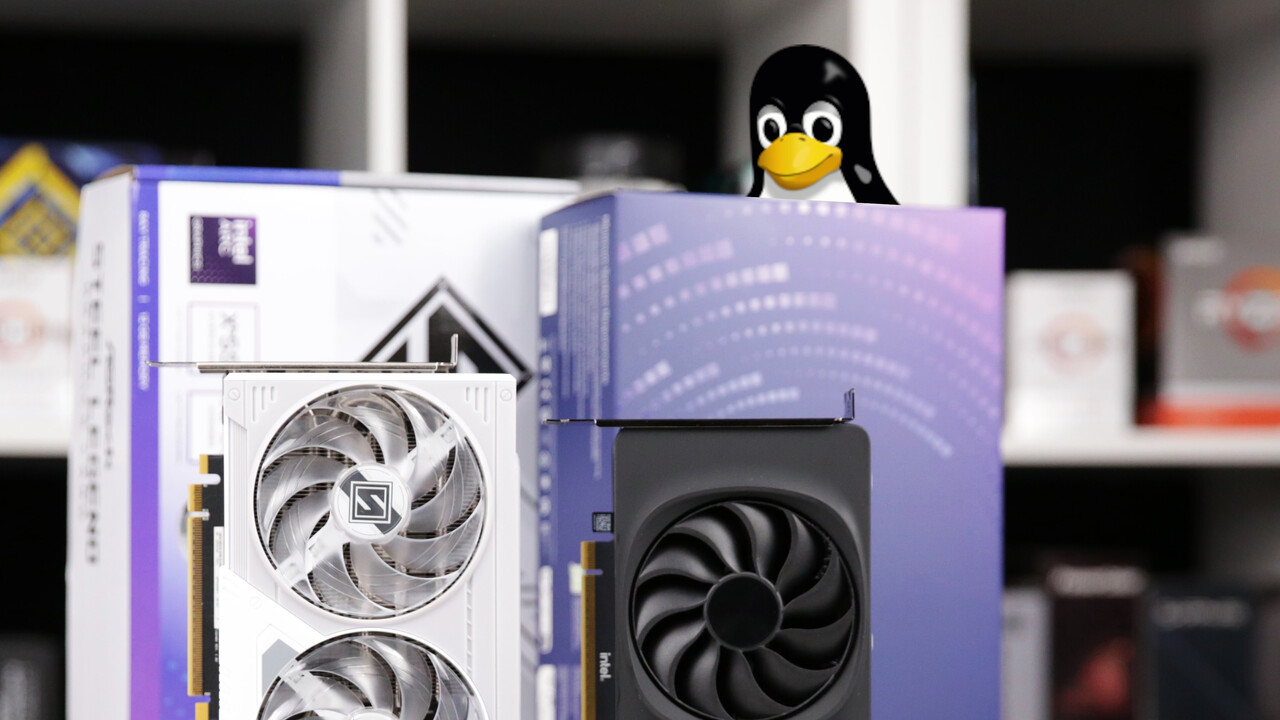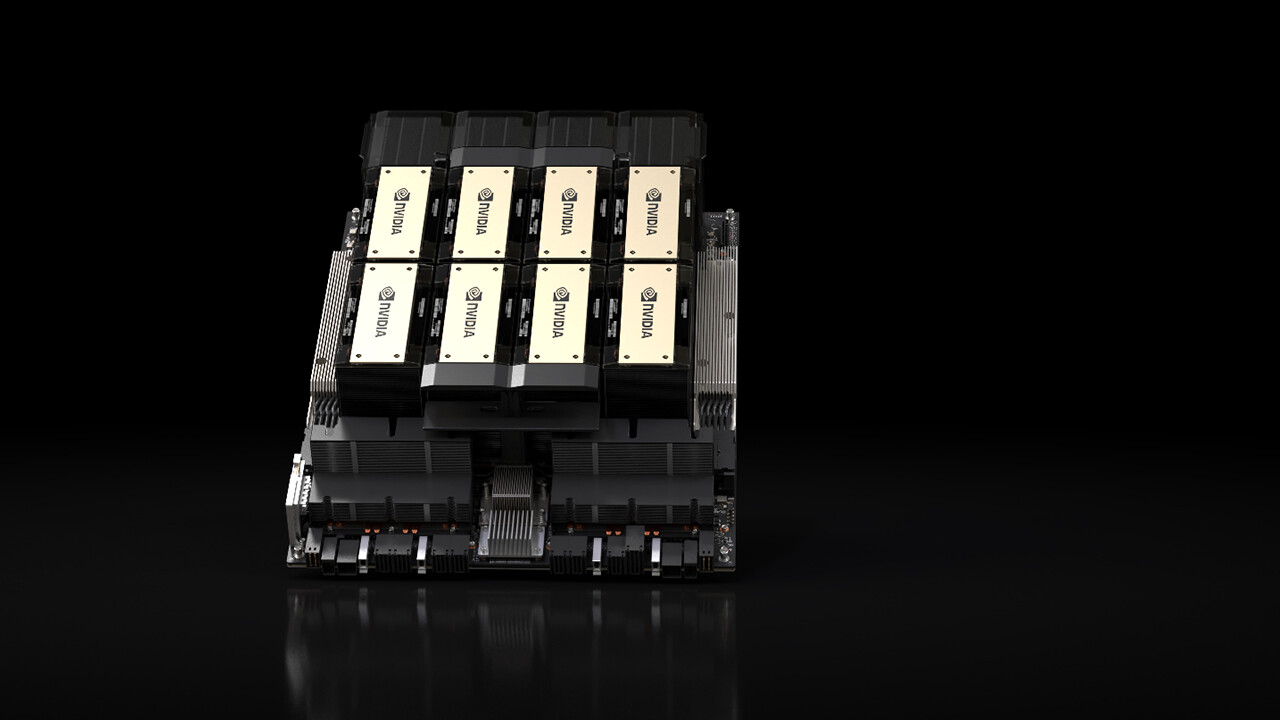NAVI 48 with OC & UV in the Test: Overclocking & Underbolting on the Radeon RX 9070 XT 41 Comments
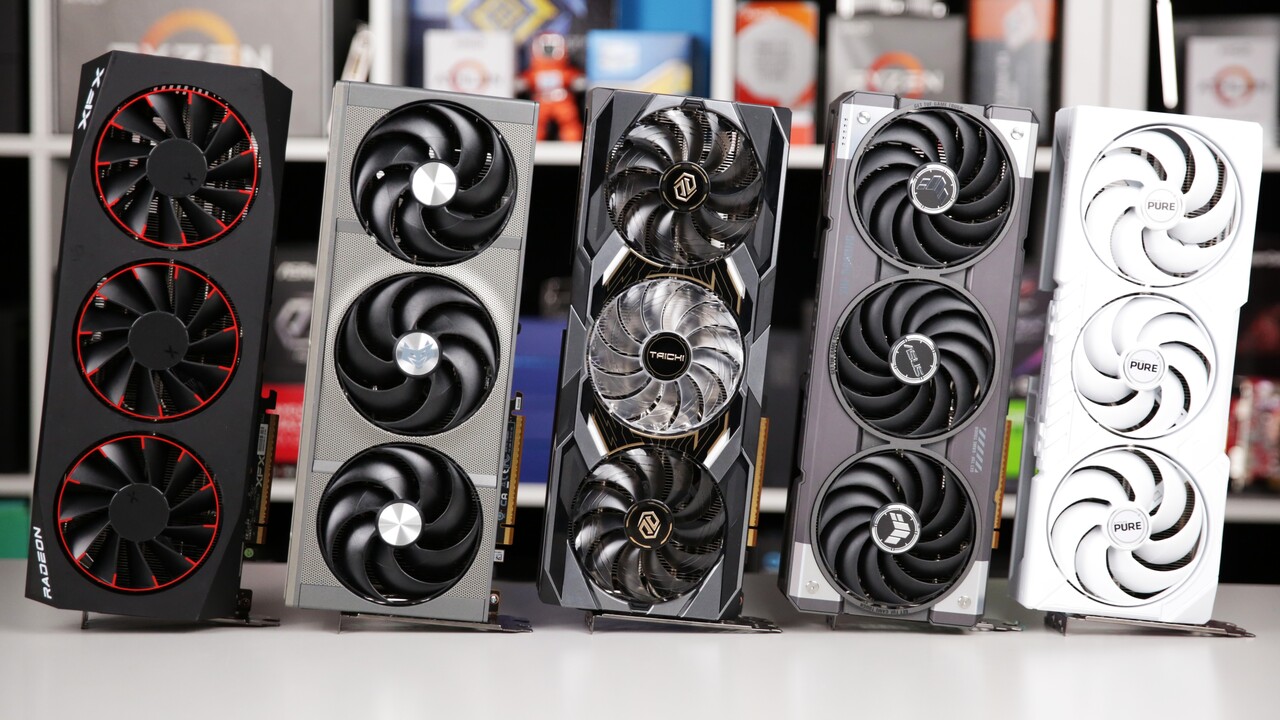
What can be achieved by overclocking and underbolting the AMD Radeon RX 9070 XT with NAVI-48 GPU using overclocking and underbolting? Techastuce tested it with a focus on performance increases. This shows that a little more performance can be squeezed from the graphics card relatively easily with the same power consumption. Contents 1 Overclocking and Underclocking on the Radeon RX 9070 XTAMD RADEON RX 9070 XT: OC and UV The test object: Asrock Taichi OC/UV measurements at a glance 2 Benchmarks in Ultra HD with OC and UV Benchmarks in Ultra HD: the clock rates of the different scenarios in the final view final … Techastuce already had custom designs of the RX 9070 XT (review) and custom designs of the RX 9070 (review). One issue the editorial team hasn’t yet addressed for launch is overclocking and basement, which traditionally belong together with AMD. This review makes up for that.
AMD Radeon RX 9070 XT Custom Designs: Sapphire Pure, Asus TUF Gaming OC, Asrock Taichi OC, Sapphire Nitro+ and XFX Mercury OC (Vonu)
AMD Radeon RX 9070 XT Custom Designs: Sapphire Pure, Asus TUF Gaming OC, Asrock Taichi OC, Sapphire Nitro+ and XFX Mercury OC (Vonu)
It will be demonstrated that the Radeon RX 9070 XT can increase the performance of the graphics card without any significant increase in power consumption. The graphics card doesn’t respond particularly well or particularly poorly to the measurements taken, so the performance gain isn’t significant. Nevertheless, manual tuning is definitely worth it.
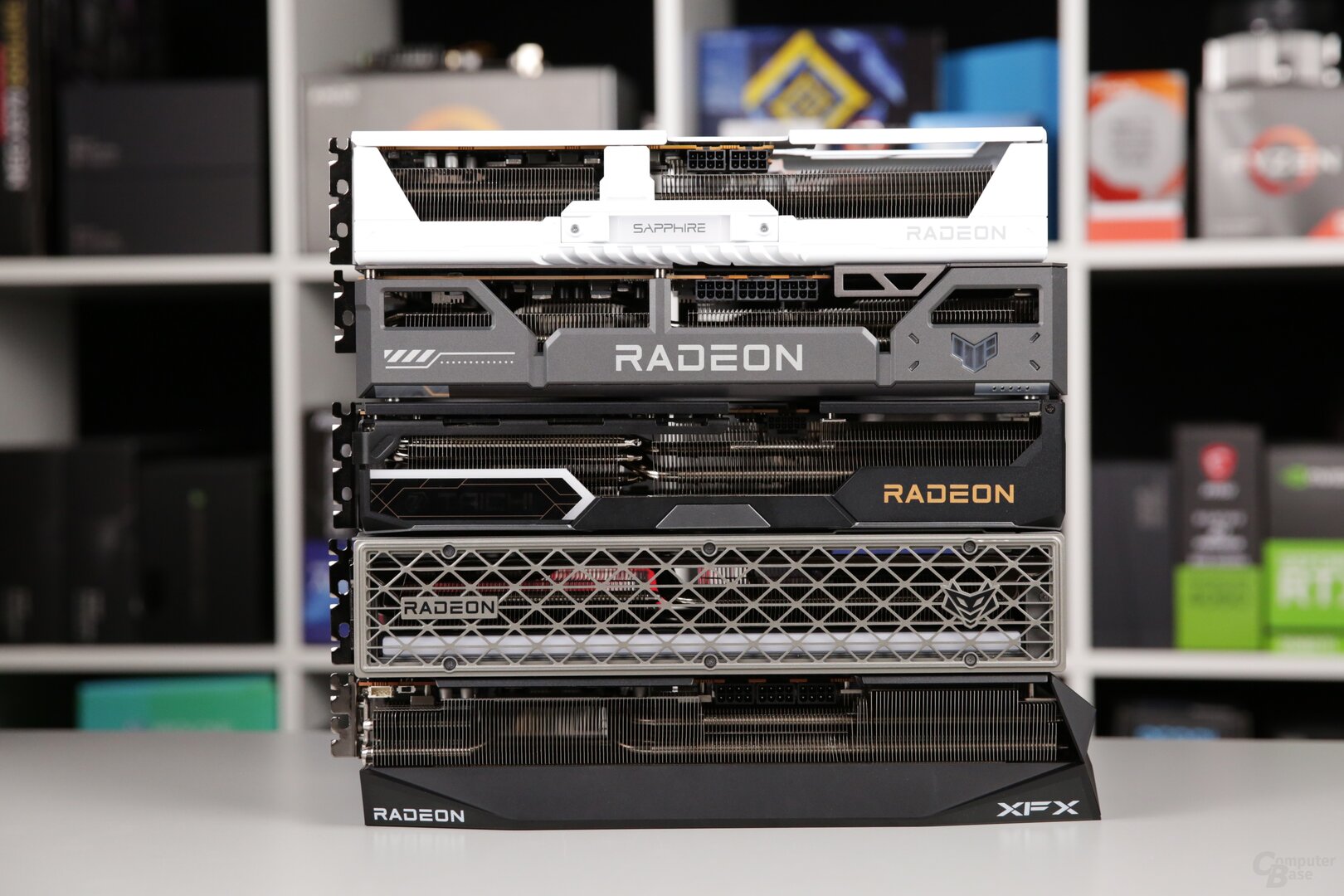 Overclocking and underclocking are very complex topics. Very different goals can be pursued. This article focuses on the following scenario: performance needs to be improved without significantly increasing power consumption. If you want to know how much electrical energy can be stored at the same speed, you won’t find the answer in this article.
Overclocking and underclocking are very complex topics. Very different goals can be pursued. This article focuses on the following scenario: performance needs to be improved without significantly increasing power consumption. If you want to know how much electrical energy can be stored at the same speed, you won’t find the answer in this article.
There’s also an intermediate level, after which the focus shifts to your own measurements: performance, energy efficiency, or one of the many steps in between. No article can cover all of this. Instead, the article only shows a scenario that applies only to the graphics card being tested. Another model, even a different card from the same series, will likely behave differently. The article is simply intended to demonstrate the results you can expect.
The test object: Asrock Taichi
Unlike the mDNA 3, the rDNA 4 doesn’t struggle with explosive power consumption at higher clock frequencies, but there’s no high cycle rate either. Ultimately, more and more power consumption means more and more power consumption, and not too rarely. This is how AMD’s architecture differs from Nvidia’s Lovelace and Blackwell architectures, where more clocks often don’t cost much in terms of power output.
According to AMD specifications, the Radeon RX 9070 XT has a card power of 304 watts. There are also custom designs with slightly increased card power, such as the Sapphire Pure model, which is rated at 317 watts. And then there are models with a card power of around 340 watts, including the Asrock Taichi and XFXS Mercury.
More Details on the Asrock Taichi and XFX Mercury RX 9070 XT Custom Designs IM Test: Asrock Taichi vs. Sapphire TUF, Sapphire Nitro+ / Pure & XFX Mercury
What all RX-9070-TX models have in common is that the card power, which runs in EX mode, can be manually increased by up to 10%. In the case of AMD’s reference specifications, a maximum of 334 watts is possible, with a Pure Sapphire it is 348 watts and with an Asrock Taichi 374 watts. These are 23% more than AMD’s reference values.
The Asrock Radeon RX 9070 XT Taichi
In this article, Techastuce uses the Asrock Radeon RX 9070 XT Taichi (test) with the performance BIOS and therefore one of the fastest RX 9070 XTs. The graphics card should display in its factory state how much the permitted 340 watts benefit from compared to the normal 304 watts.
The OC/UV measures at a glance
1. Higher TDP ex works
The Asrock Taichi comes from the factory with a higher TDP than AMD’s reference spec sheet. This condition, along with a hypothetical reference graphics card, forms the basis for further comparison. There are three other sets of measurements.
2. Even higher TDP and higher clock speed
Theoretically, the simplest way to achieve more performance is to set the driver’s power limit to 110%. In the ASROCK RADEON RX 9070 XT Taichi used in the test, this means a maximum of 374 watts instead of 340. Since all RDNA-4 graphics cards are configured for a high clock of 3.0 GHz and often higher, which is simply not possible in most games, this automatically increases the clock and thus the speed without any further adjustments. The change naturally has an impact on temperature and volume development, but is, above all, completely stable.
Simply increasing the power limit is already very limited, and the clock is consequently increased. OC behavior has changed in rDNA 4 compared to rDNA 3. For all RDNA-4 graphics cards, the function is now called “Maximum Frequency Offset (MHz)” and presumably shifts the entire frequency volume curve by an offset value. However, this isn’t really reliable, as AMD doesn’t display any other information.
Overclocking and Undervolting on a Radeon RX 9070 XT
Overclocking and Undervolting on a Radeon RX 9070 XT
With “Maximum Frequency Offset (MHz)”, the frequency portion of the frequency curve becomes the same voltage, but the clock increases. Here, a value of +225 MHz showed a maximum stable clock in the ASROCK model, which fluctuates from graphics card to graphics card. After the change, there is a different behavior on rDNA 4 than on mDNA 3. After changing the clock, it only takes a few seconds for the new frequency to be taken into account first. This is quite strange, not a single other GPU reacts this way.
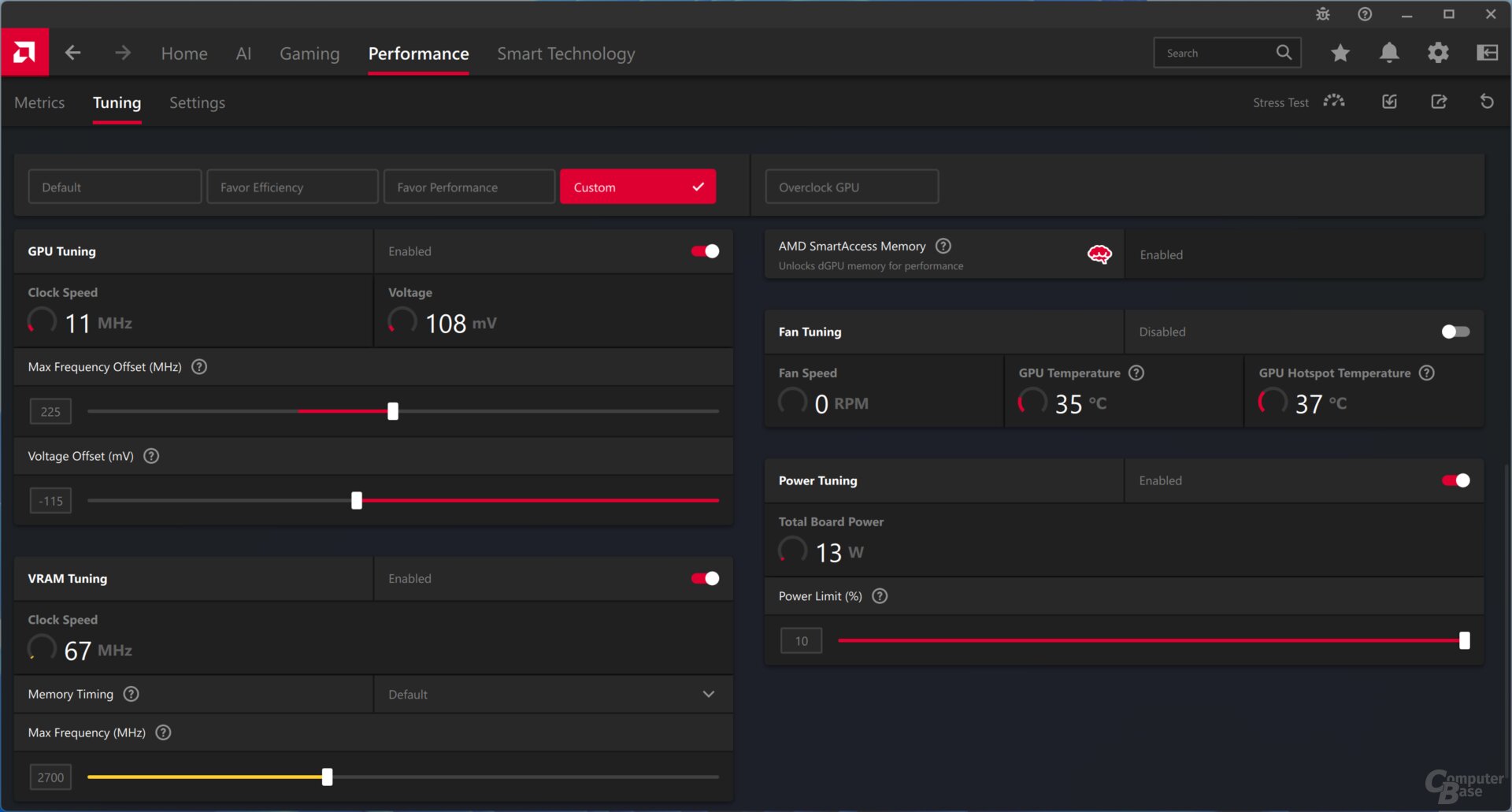 This is actually a perfectly sensible procedure, but it has the problem that the graphics card doesn’t inform you that the GPU has been independently reduced for stability reasons. So, if you don’t keep an eye on the clock or performance throughout, you might not notice anything. And that might sound worse than “200 MHz less,” because the FPS loss is significantly greater than that 200 MHz telemetry, so you don’t fully understand what’s going on there.
This is actually a perfectly sensible procedure, but it has the problem that the graphics card doesn’t inform you that the GPU has been independently reduced for stability reasons. So, if you don’t keep an eye on the clock or performance throughout, you might not notice anything. And that might sound worse than “200 MHz less,” because the FPS loss is significantly greater than that 200 MHz telemetry, so you don’t fully understand what’s going on there.
By the way, this also applies to GDDR6 memory. It only crashes at a clock that’s way too high. If it’s a bit too high, the graphics card remains stable, but the frame rate sometimes plummets massively. After all, in this case, the performance loss is so high that everyone will notice it immediately. Still, it would be nice if there were a hint from the driver that the memory isn’t running at full performance for stability reasons. Speaking of memory clocks: around 10,800 MHz or 2,700 MHz (+200/800 MHz) have crystallized in the driver as a stable value for rDNA 4. This also applies to the ASROCK card.
3. Higher TDP and Undervolting
The recommendation with a Radeon RX 9070 XT is not to simply screw up the GPU clock with the TDP—that’s not even very effective if you want more performance. Instead, the editor’s recommendation is to set the power limit to the maximum while simultaneously operating at a lower clock speed. Especially if you have a model that targets a high bar anyway, it’s better to drive it. For example, the ASRock card tries to reach 3.1 GHz in games, which is also a challenge with a full power limit and UVs. It doesn’t need more clocks.
If you always try harder, you only increase performance in certain cases, as the tests on the next page show. Namely, in titles where the maximum permitted power consumption isn’t fully achieved by undervolting, in such cases, the higher clock speed can be implemented accordingly. In all other cases, however, performance can also be worse than with pure underclocking; probably because telemetry is stuck in an endless loop, constantly trying to squeeze the upper clock within the power limit. This doesn’t work, which lowers the clock, which costs FPS. Ultimately, preventing highs and lows is faster than occasionally squeezing violently.
Underclocking can be configured much less precisely on an RDNA 4 graphics card, unlike an Nvidia GeForce, and “UV” is also super easy to achieve. Under the “GPU Tuning” item in the AMD driver, the “Voltage Offset” function is the switch of choice, which can be reduced on any RX 9070 XT from “0” to “-100.” -200 means less voltage, in this case 0.2 volts. The voltage on a Radeon cannot be increased any differently than on a GeForce. Overclocking and Undervolting a Radeon RX 9070 XT
Overclocking and Undervolting on a Radeon RX 9070 XT
The amount of voltage that can be reduced varies with each graphics card. On the ASROCK RADEON RX 9070 XT Taichi, -115 MHz proved stable, meaning the load phase never lasted longer than 20 minutes. It’s therefore quite possible that the voltage needs to be increased slightly to achieve consistently stable performance.
4. All Measurements in Parallel
Finally, there’s another series of tests that combine overclocking and undervolting. This resets the clock to +225 MHz, and then tests how far the voltage can be reduced from this value. This shows that, unlike the factory clock, this is only slightly possible. -35 and therefore 0.035 volts less (instead of 0.115 volts) could be used stably with the Asrock Radeon RX 9070 XT Taichi if the GPU is also reset.
 Ultra HD Benchmarks with OC and UV Topics: AMD Graphics Cards Overclocking
Ultra HD Benchmarks with OC and UV Topics: AMD Graphics Cards Overclocking

An engineer by training, Alexandre shares his knowledge on GPU performance for gaming and creation.
